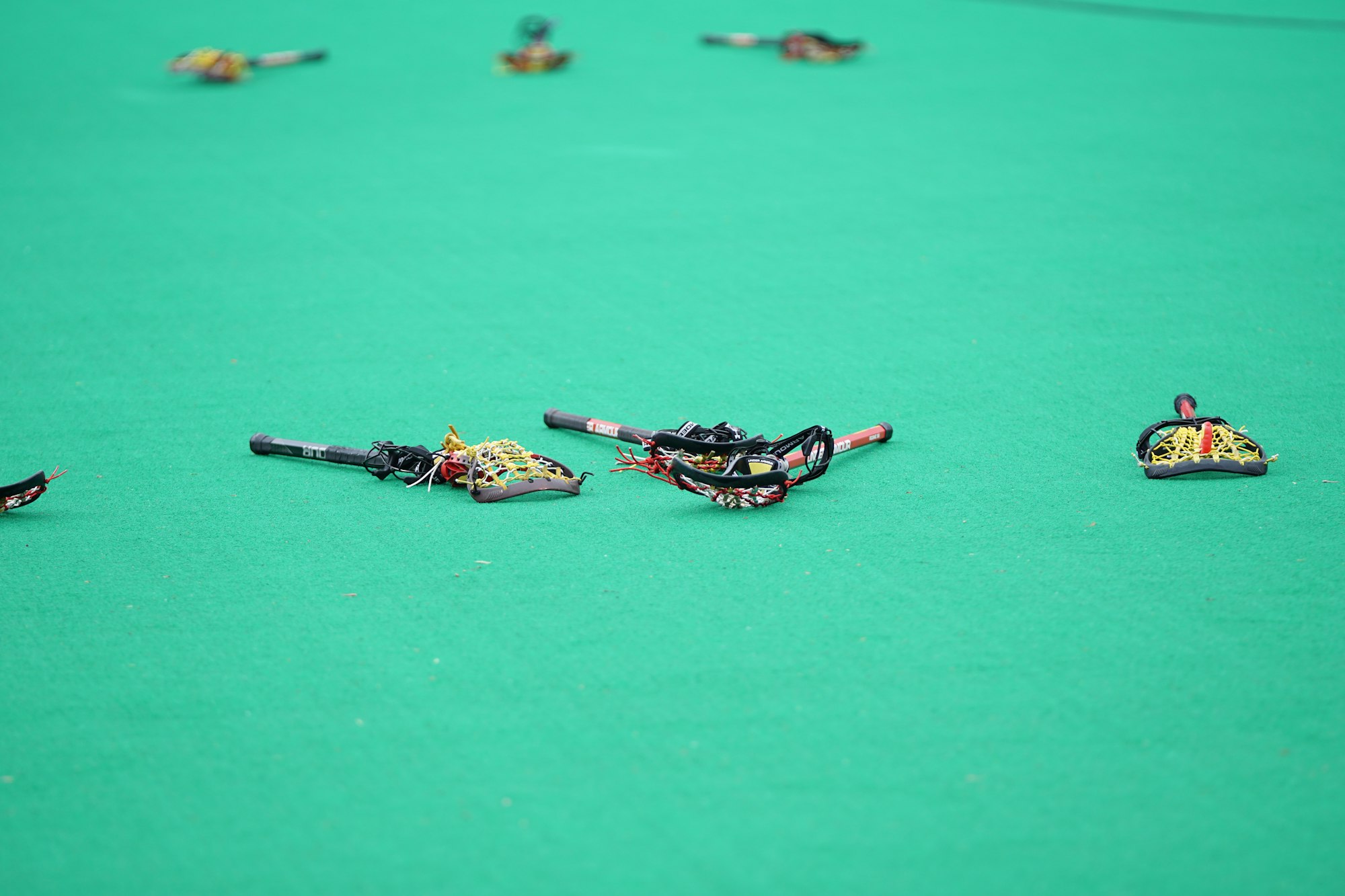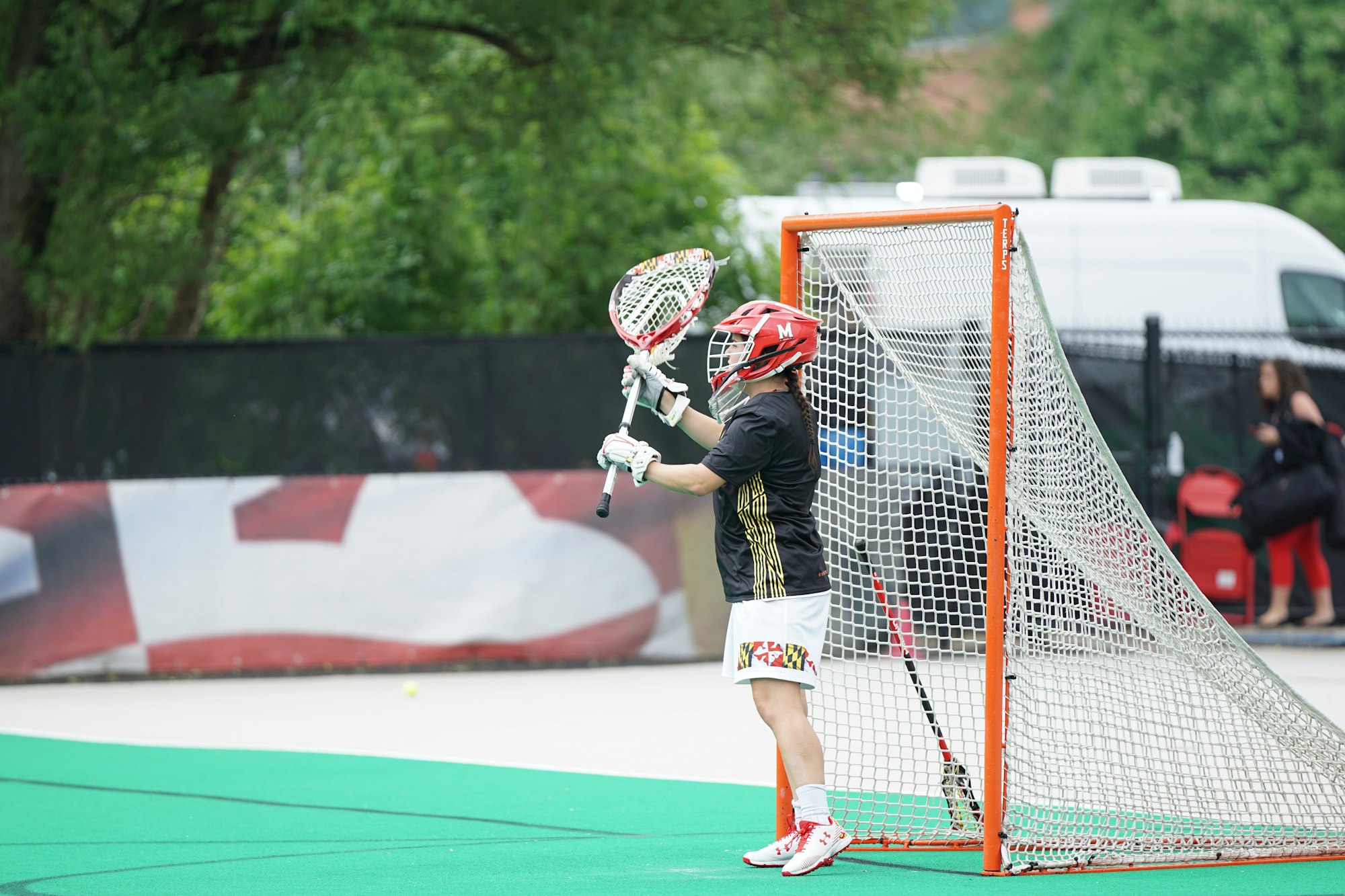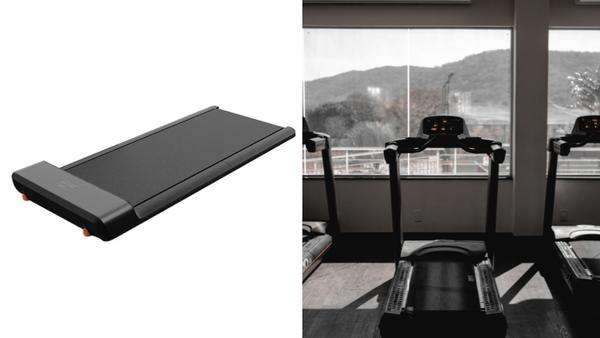Lacrosse, a sport known for its speed, agility, and precision, requires equipment that complements the skills of its players.
One of the most crucial pieces of lacrosse equipment is the lacrosse stick, which varies in length depending on the player's position, age, and personal preference. In this comprehensive guide, we'll explore the intricacies of lacrosse stick lengths and how they impact the game.
Understanding Lacrosse Stick Dimensions
When asking "how long are lacrosse sticks," it's essential to recognize that there isn't a one-size-fits-all answer. The length of a lacrosse stick, which comprises the shaft (or handle) and the head, is determined by the position a player holds on the field.
Offensive players, for instance, typically use shorter sticks for more control and quicker reaction time, while defensive players opt for longer sticks to extend their reach and disrupt opponents' passes.
The Role of Position in Stick Length
Each position on the lacrosse field has a general rule for stick lengths. Attack players and midfielders usually prefer a complete stick that ranges from 40 to 42 inches long, allowing for a balance between control and the ability to protect the lacrosse ball.
Defensive players and long-stick midfielders, on the other hand, use long sticks that can measure up to 72 inches, providing extra length to challenge shots and passes.
Goalie Stick Specifications
The goalie stick, or goalie's "wand," is unique in its design. The stick head is wider to block the lacrosse ball, and the shaft length can vary.
According to regulations, a goalie stick must be between 40 to 72 inches long. This range gives goalies the flexibility to choose a length that best suits their style of play and ability to defend the goal.

Youth Lacrosse Stick Lengths
At the youth level, the focus is on developing skills and ensuring that the equipment is manageable for younger players. Short shafts are common, with sticks typically ranging from 37 to 42 inches long.
This shorter stick length helps young players learn how to catch, throw, and cradle the lacrosse ball effectively.
The Importance of Shaft Length
The lacrosse shaft is the portion of the stick that players grip. Shaft length is crucial for maneuverability and control. Offensive players often prefer a shaft that is just a few inches shorter than the maximum allowed, providing a balance between reach and agility.
Defensive players benefit from a longer shaft, which can be instrumental in blocking shots and intercepting passes.
Stick Head Dimensions
Lacrosse heads come in various shapes and sizes, each designed to enhance specific aspects of the game.
The width of the stick head affects the ability to catch and retain the lacrosse ball, while the depth of the pocket influences shooting and passing accuracy. Regulations also dictate the pocket depth and the tightness of shooting strings to ensure fair play.

Customizing Your Lacrosse Stick for Ground Balls
Ground balls can be a game-changer in lacrosse, and having the right stick length can significantly improve your ability to scoop them up efficiently. When players hit the field, they often focus on the stick's ability to cradle and throw, but the ease of picking up ground balls should not be overlooked.
A stick that's too long may become cumbersome, while one that's too short might not provide the leverage needed. It's a delicate balance, and using a tape measure can help players find the perfect length that complements their ground ball technique.
Coaches often advise players to consider the stick's head when focusing on ground balls. A head with a flatter scoop can make it easier to get under the ball, especially when it's rolling or in a loose netting situation.
Additionally, the bottom string's tension plays a crucial role; too tight, and the ball might bounce off, too loose, and it may not provide enough control. Players should experiment with different tensions to find the sweet spot that allows for quick and reliable ground ball pickups.
The Influence of Stick Accessories on Performance
When it comes to enhancing lacrosse stick performance, accessories like tape and jagged edge stringing can make a noticeable difference. Wrapping the shaft with tape not only provides a better grip but can also influence the balance and weight of the stick.
A well-placed tape measure can help players mark the exact spots where their hands should go for optimal control during play. This customization is particularly useful for players who need to quickly adjust their grip when transitioning from defense to offense or vice versa.
Moreover, the jagged edge of a stick's head can be a factor in how the ball is released during a throw. If the jagged edges are too pronounced, they can cause the ball to drop unexpectedly or alter the throwing angle.
To prevent this, players should ensure that their stick's head is in good condition and that any loose netting is repaired promptly. A lighter stick might also aid in faster hand movements, allowing for more precise hits and throws.
Ultimately, the right combination of stick length and accessories can empower players to execute their skills with greater precision and confidence.

Complete Stick: Combining Head and Shaft
A complete stick refers to the combination of the lacrosse shaft and the stick head. The length of a complete stick is measured from the top of the head to the bottom of the shaft, including the butt end.
For most players, the complete stick length is a balance between the rules of the game and personal preference.
Minimum Length Regulations
The minimum length for a lacrosse stick is set by official lacrosse organizations. These regulations ensure that all players adhere to a standard that promotes fairness and safety. For example, at the high school level, the minimum length for a short stick is typically 40 inches, including the head and the shaft.
Adjusting Stick Length for Control
Players often adjust their stick lengths for better control over the lacrosse ball. A shorter stick can improve handling and reaction time, which is crucial for offensive players who need to dodge defenders and make quick decisions. Conversely, a longer stick can help defensive players disrupt the offense by extending their reach.
The Impact of Extra Length on Defense
Defensive players and long-stick midfielders use the extra length of their sticks to their advantage. The additional inches allow them to poke and slap at the ball, interrupting the flow of the opposing team's offense. This extra length can also be a deterrent, as attackers must work harder to get past the extended reach of a long stick.

Personal Preference and Skill Level
While there are general guidelines for stick lengths, personal preference, and skill level play a significant role in choosing the right stick. Some players may opt for a slightly longer or shorter stick based on their comfort level, playing style, and the position they play on the field.
Lacrosse Equipment Evolution
Lacrosse equipment, including sticks, has evolved over the years. Modern sticks are made from lightweight, durable materials like hollow metal or composite, which can affect the weight and balance of the stick. This evolution allows players to customize their equipment to match their needs and enhance their performance.
Choosing the Right Stick for Your Game
Selecting the right lacrosse stick is a critical decision for any player. Factors to consider include the player's age, position, and the level of play. Coaches and experienced players can offer guidance, but ultimately, the choice comes down to what feels right for the individual and how the stick complements their skills.
Some Final Thoughts
Lacrosse sticks vary in length based on position, age, and personal preference. Offensive players generally use shorter sticks for better control, while defensive players and goalies benefit from longer sticks for increased reach and defensive capabilities. Regulations set minimum and maximum lengths to ensure fair play, but within those boundaries, players have the flexibility to choose a stick that best suits their style and skill level.

FAQ's
What is the standard length for an offensive player's lacrosse stick?
The standard length for an offensive player's lacrosse stick, including the head and shaft, typically ranges from 40 to 42 inches.
Can the length of a lacrosse stick affect a player's performance?
Yes, the length of a lacrosse stick can significantly affect a player's performance. A stick that is too long or too short can hinder control, reaction time, and the ability to protect or intercept the ball.
Are there different stick length requirements for youth lacrosse players?
Yes, youth lacrosse players often use shorter sticks, generally between 37 to 42 inches, to accommodate their size and skill level, making it easier for them to handle the stick and learn the fundamentals of the game.
What is the standard length for a men's lacrosse stick?
The standard length for a men's lacrosse stick, including the head and shaft, is typically between 40 and 42 inches for attackers, 52 to 72 inches for midfielders, and 72 inches for defensemen.
Are there regulations for the length of women's lacrosse sticks?
Yes, women's lacrosse sticks have specific regulations regarding length. The overall length, including the head and shaft, must be between 35.5 and 43.25 inches. Goalkeeper sticks can be between 35.5 and 52 inches.
Can players customize the length of their lacrosse sticks?
Yes, players are allowed to customize the length of their lacrosse sticks to suit their playing style. However, it's essential to adhere to the rules and regulations set by the governing lacrosse bodies, such as US Lacrosse, to ensure fair play and compliance with the standards.













Member discussion